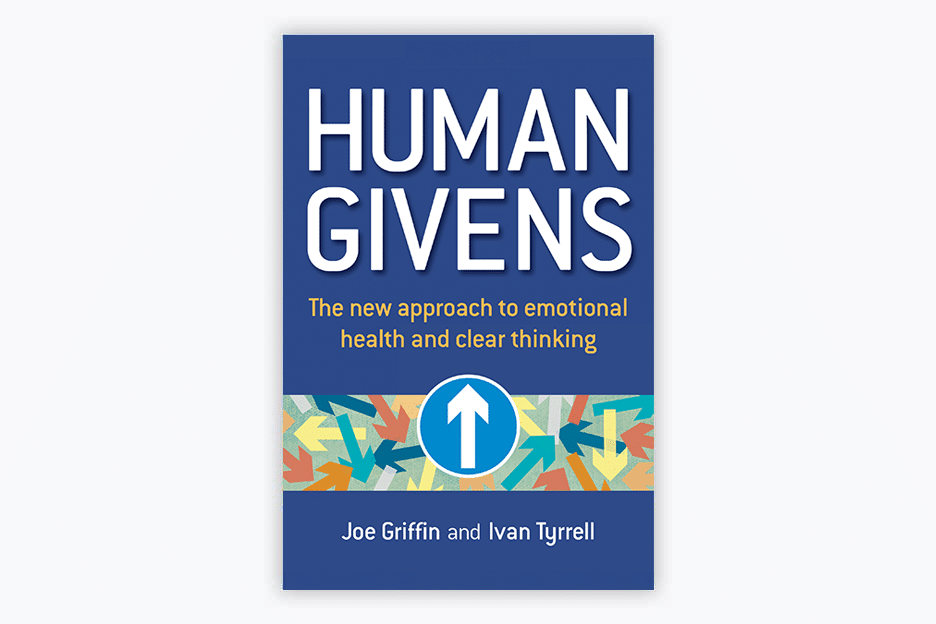Set a Goal in Therapy
It makes therapy far more likely to be effective.
Key points:
- Therapies that do not set a goal for each session tend to lack focus.
- They may result in many more sessions overall, although not necessarily with a clear outcome or resolution of symptoms.
- When clients are confused and unhappy, they should help identify a goal that can alter their circumstances.
- Identifying a goal enables the therapist and client to agree on strategies to achieve it.
I was thinking recently about goals. I imagine few people get up in the morning without having some sort of goal – or goals – that they would like to accomplish by the end of the day, whether that is meeting a deadline, washing the windows, writing the next chapter of a novel, visiting an elderly relative or doing the weekly shopping trip. Or, if there are no outstanding demands, the day’s goal might be simply to wind down, relax or have fun.
When we can see no compelling reason to do anything at all, that tends to signify a lack of meaning in our lives. It is often when people can’t see a purpose to their day, or their existence, that they become increasingly anxious and/or sink into depression — and come to therapy.
They may express, at first, overwhelming uncertainty or amorphous misery. That is why, through careful questioning, identifying a goal for the session is crucial. It stops people floundering about, over-inflating things that don’t feel right and becoming engulfed by them, as if these represent cast-iron personality traits or immutable circumstances.
‘I’m so lacking in confidence!’ they might wail. Asking something like ‘When you have confidence, what will you be doing that you are not doing now?’ gets them using their imagination positively instead.
Maybe, after reflection, the answer is that they would join a class relating to a hobby that they have let slip; or that they would call up old friends; or apply for more senior jobs. A way out of the uncertainty or misery starts to beckon, and we have something concrete to aim for in our session.
Find out more
Goal-setting is an essential step in the RIGAARTM model, a powerful tool used by human givens therapists to guide all their therapy sessions. You can find out more about the RIGAARTM model here.
You can learn more about what makes the HG approach to therapy different here.
You can find your nearest human givens therapist here.
You can explore the human givens diploma here.
This article was first published on Psychology Today, and was written by Denise Winn.





